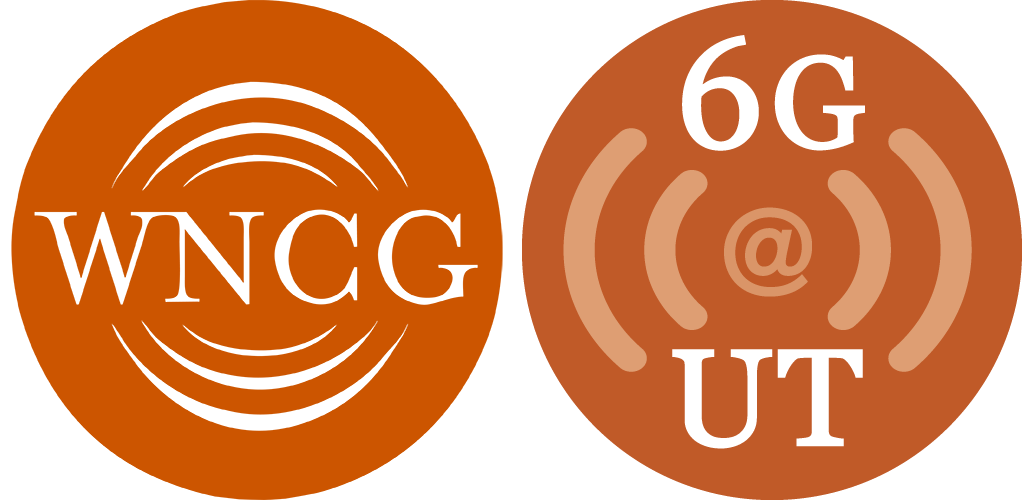Each year, the D-STOP Symposium brings together top experts in the field of automated vehicles, connected infrastructure and new mobility services to share their emerging research that will impact the future of transportation planning and technology.
The Data-Supported Transportation Operations and Planning Center (D-STOP) is a collaborative initiative between researchers in the Center for Transportation Research (CTR) and the Wireless Networking and Communications Group (WNCG) at UT Austin. Named a Tier-1 US Department of Transportation University Transportation Center, D-STOP is dedicated to finding solutions to modern-day transportation challenges.
The 2017 symposium focused specifically on automated vehicles, and was held in conjunction with the North Central Texas Council of Governments (NCTCOG) at their offices in Arlington, Texas in mid-February.
“These symposiums alert the wider community to what we’re doing at UT Austin and allows participants, who in this case came from private and public entities throughout North Texas, to share with us their needs and what they can contribute to wider efforts,” D-STOP Researcher James Kuhr states.
The half-day event presented topics such as a technology overview of connected and autonomous vehicles and their role in urban planning and modeling, how autonomous vehicles could impact travel patterns, how governments and researchers can prepare for a more connected future, how cars and infrastructure can communicate with each other and the resulting security and privacy issues this raises, data analytics and where data can be processed within this new system, and finally, what role data will play in helping with efficient planning and operation.
NCTCOG’s Program Manager for Automated Vehicles, Tom Bamonte, and D-STOP Director Dr. Chandra Bhat, moderated the event. Featured speakers included CTR and WNCG research experts Drs. Chandra Bhat, Natalia Ruiz, Jennifer Duthie, Sanjay Shakkottai, Constantine Caramanis and researcher James Kuhr.
“UT research is about pushing the limits of what exists,” Kuhr states. “With the influx of new technology on the roadway - from sensors embedded in pavement to traffic lights that talk to cars - there’s a lot of novel work to be done. There are many complex issues that need cross-disciplinary collaboration and consideration before we can answer. This is where governments look to us for help.”
The event showcased results from a recently completed D-STOP Project entitled “Travel Modeling in an Era of Connected and Automated Transportation Systems: An Investigation into the Dallas-Fort Worth Area.” This project investigated the impact Connected and Automated Vehicles can have in altering strategic planning decisions. Roughly 150 people attended the day’s event, including NCTCOG members, staff, and members of private entities in the Dallas-Fort Worth area.
The symposium also featured a technology demonstration of a TxDOT sponsored vehicle project from CTR and WNCG at UT Austin. The project enabled researchers to outfit vehicles with sensors so the cars could communicate with each other and use radar and camera feeds to identify pedestrian traffic. The demonstration featured one of these vehicles, as well as a potential 5G communication technique that uses millimeter-wave technology to allow over-the-air transfers of 4GB per second.
“At UT, because of WNCG and CTR, we have a leg up on connected systems,” Kuhr states. “Because we also have the Texas Advanced Computing Center, we are in a great position to take data from connected infrastructure and process it to produce meaningful analysis.”
For more on the 2017 D-STOP Symposium, or to view powerpoints from the day’s event, visit: http://ctr.utexas.edu/research/d-stop/education/annual-symposium/

